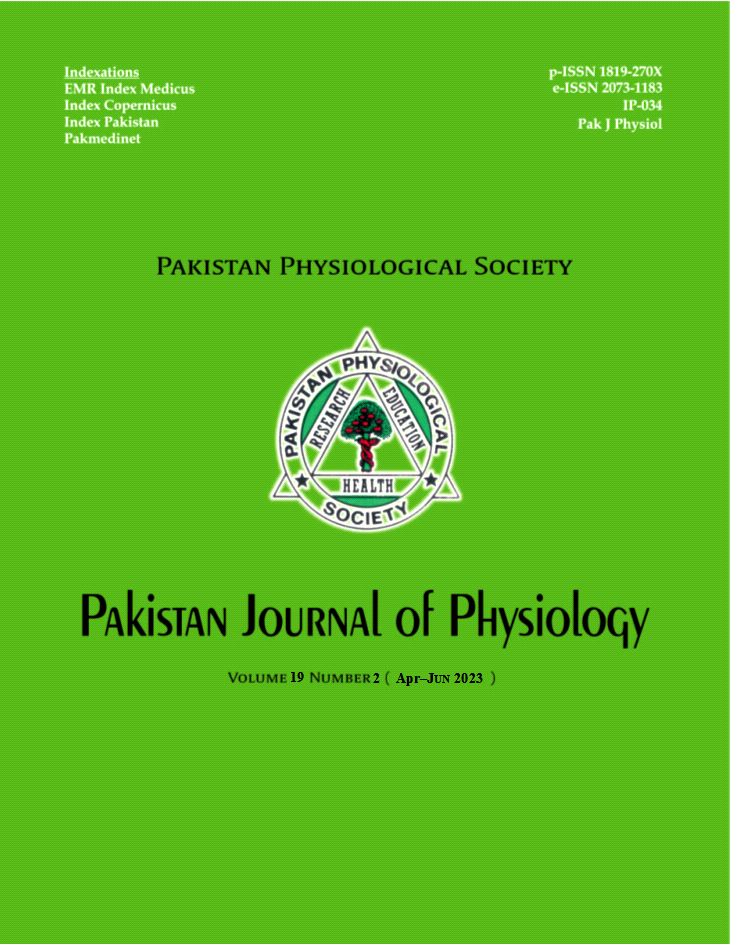SEQUELAE OF COMPLETE HEART BLOCK PATIENTS COMING TO RAWALPINDI INSTITUTE OF CARDIOLOGY IN ASSOCIATION WITH PRESENTING COMPLAINTS
DOI:
https://doi.org/10.69656/pjp.v19i2.1483Keywords:
correlation, presenting complaints, outcome, complete heart block, pacemakerAbstract
Background: Complete heart block (CHB) is considered as a medical emergency and can be fatal if left untreated. Most patients with acquired complete heart block require a permanent pacemaker and their condition improves after implantation. Objective of this study was to determine the types and frequency of various presenting complaints and their correlation with treatment modality used. Methods: This prospective cohort study was conducted at Rawalpindi Institute of Cardiology, Rawalpindi for a duration of six months. A total of 153 patients who were diagnosed having CHB were enrolled. The patients were extensively worked up for history, physical examination, blood tests, chest X-ray, electrocardiography and echocardiography. A pre-designed proforma was filled for each patient to record demographic details, risk factors, past medical and surgical history, vitals and other parameters. The treatment given to each patient was also recorded. Results: The most common presenting complaint was dizziness (37.9%), followed by chest pain (31.4%), and syncope (22.8%). Other presenting complaints (17.6% of patients) include shortness of breath, palpitations, generalized fatigue, tiredness and nausea. There was a negative correlation (p=0.003) between chest pain and pacemaker implantation. A negative correlation between syncope and death (p=0.050) was also observed. Conclusions: The most common presenting complaint was dizziness and majority (58.6%) of these patients were implanted with a pacemaker. Majority of patients who presented with chest pain were treated medically. No death occurred in group of patients who presented with syncope.
Pak J Physiol 2023;19(2):40?3
Downloads
Downloads
Published
How to Cite
Issue
Section
License
The author(s) retain the copyrights and allow their publication in Pakistan Journal of Physiology, Pak J Physiol, PJP to be FREE for research and academic purposes. It can be downloaded and stored, printed, presented, projected, cited and quoted with full reference of, and acknowledgement to the author(s) and the PJP. The contents are published with an international CC-BY-ND-4.0 License.











